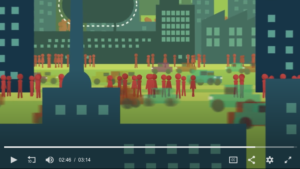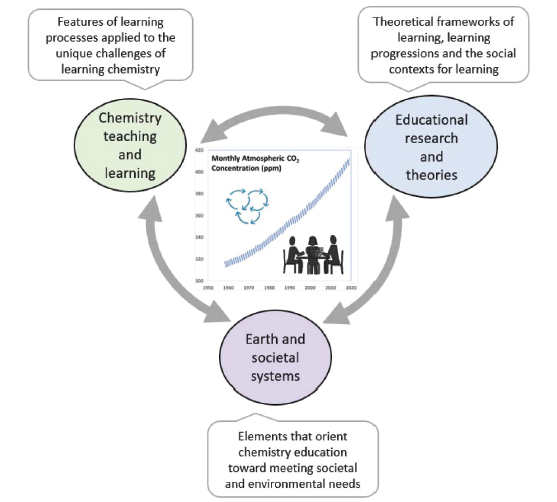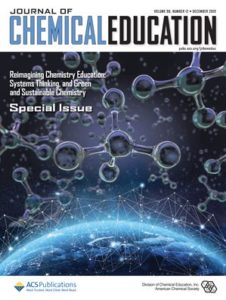In the context of IUPAC’s 2019 centenary celebration in Paris, we look back on how the world has changed over IUPAC’s first one hundred years, and then look forward to the complex and rapid ways in which society and the environment are changing as we enter IUPAC’s second century. In this article, we discuss why systems thinking will be increasingly important to chemistry and describe the IUPAC Systems Thinking in Chemistry Education (STICE) project, which sets out a framework to reorient chemistry education to more meaningfully equip students and the public to address emerging global challenges.
Keywords Chemistry education, systems thinking, sustainability, IUPAC Centenary.










